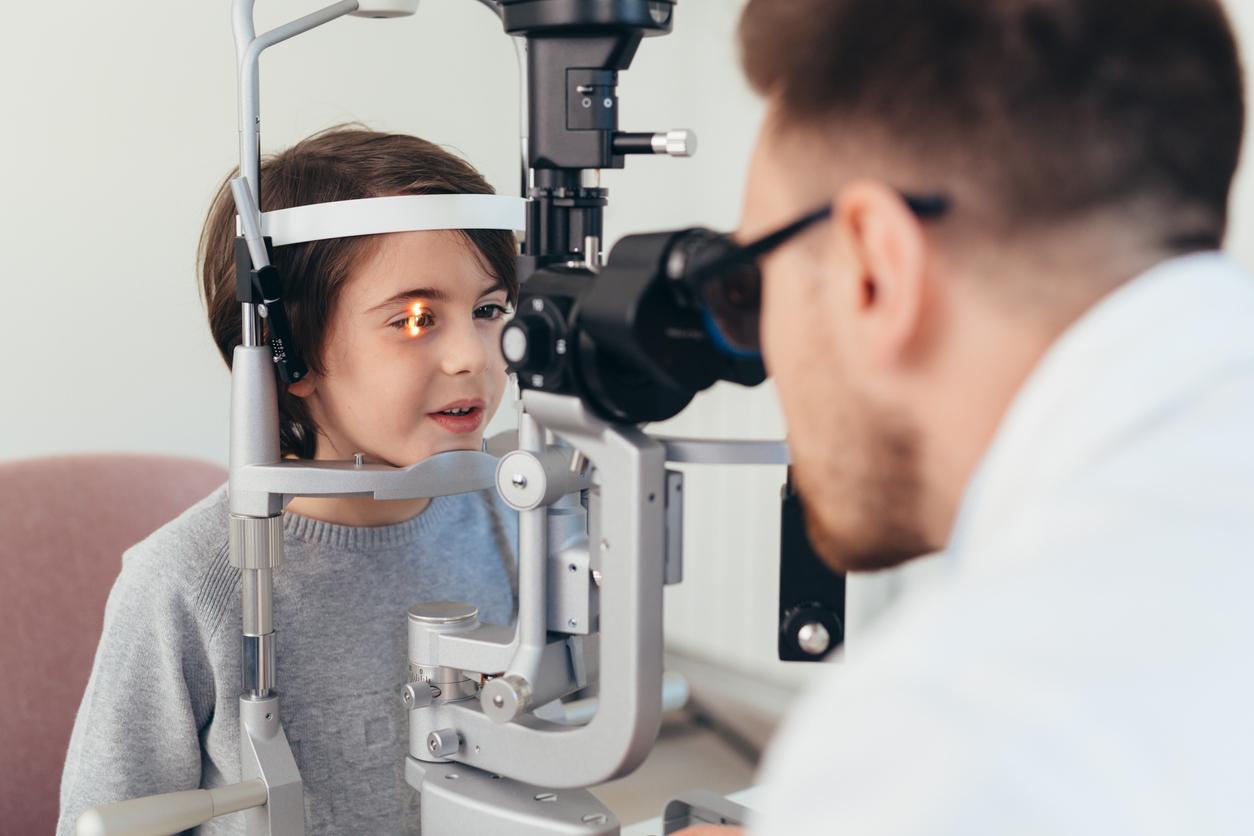Myopia is not explained by heredity alone …
So to be very clear, myopia has a strong genetic component, no specialist denies it. If you are nearsighted, your child is three times more likely to have it than another. But, a team of Australian and Asian researchers recently showed that lack of exposure to daylight especially during youth would play a major role in becoming myopic. They found that in Asia, between 80 and 90% of young people at the end of their studies are short-sighted!
Is it not due to the increase in schooling, to the time spent in front of books and computer screens?
This would be an indirect explanation because for the authors of the study, it would really be the lack of natural light at the time of growth that causes a malformation of the eye. The researchers explain that a molecule, dopamine, produced in the retina under the effect of light, which plays a decisive role in the proper transmission of messages to the brain, would also prevent excessive growth of the eye between birth and adulthood…
Do you mean nearsighted people have too big an eye?
Yes, this is a hallmark of myopia. A nearsighted person sees blur from afar because the image of what he sees is formed too far in front of the back of the eye, that is to say of the retina. And this image is formed too far forward because the distance between the lens, the small hole through which the image passes and the retina is too long.
You should know that between birth and adulthood, the diameter between the lens and the retina goes from 16 millimeters to 22 millimeters. However, in a myopic the eye grows too much and this diameter can reach up to 30 millimeters … A considerable difference when we know that a single millimeter too much already has consequences on vision.
But has this effect of dopamine on eye growth been proven?
This effect has been demonstrated experimentally in animals. However, the cause and effect link between lack of exposure to light and myopia remains to be demonstrated. Trials have already been launched in China and Singapore to see if a program of outdoor activities could reduce the onset of myopia.
But in France, is the number of myopic people increasing as in Asia?
It is not that spectacular. That said, in France, the prevalence has increased from 20% to 40% in ten years. A trend also observed in North America and Europe.
Source:
.
















